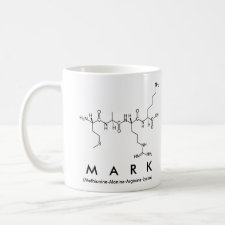
Authors: Ali M, Byrne ME
Article Title: Controlled Release of High Molecular Weight Hyaluronic Acid from Molecularly Imprinted Hydrogel Contact Lenses.
Publication date: 2009
Journal: Pharmaceutical Research
Volume: 26
Issue: (3)
Page numbers: 714-726.
DOI: 10.1007/s11095-008-9818-6
Abstract: Abstract Purpose: Current dry eye treatment includes delivering comfort agents to the eye via drops, but low bioavailability and multiple administration continues to be a barrier to effective treatment. There exists a significant unmet need for devices to treat dry eye and for more comfortable contact lenses. Methods: Using molecular imprinting strategies with an analysis of biology, we have rationally designed and synthesized hydrogel contact lenses that can release hyaluronic acid (HA) at a controlled rate. Results: Delayed release characteristics were significantly improved through biomimetic imprinting, as multiple functional monomers provided non-covalent complexation points within nelfilcon A gels without altering structural, mechanical, or optical properties. The diffusion coefficient of 1.2 million Dalton HA was controlled by varying the number and variety of functional monomers (increasing the variety lowered the HA diffusion coefficient 1.5 times more than single functional monomers, and 1.6 times more than nelfilcon A alone). Conclusions: HA can be delivered from a daily disposable lens at a therapeutic rate of approximately 6 ?g/h for 24 h. This is the first demonstration of imprinting a large molecular weight polymer within a hydrogel and the effect of imprinting on the reptation of the long chain macromolecule from the structure
Template and target information: hyaluronic acid, HA
Author keywords: biomimetic, comfort contact lenses, controlled drug delivery, dry eye, molecular imprinted hydrogel, therapeutic contact lenses



Join the Society for Molecular Imprinting

New items RSS feed
Sign-up for e-mail updates:
Choose between receiving an occasional newsletter or more frequent e-mail alerts.
Click here to go to the sign-up page.
Is your name elemental or peptidic? Enter your name and find out by clicking either of the buttons below!
Other products you may like:
 MIPdatabase
MIPdatabase









